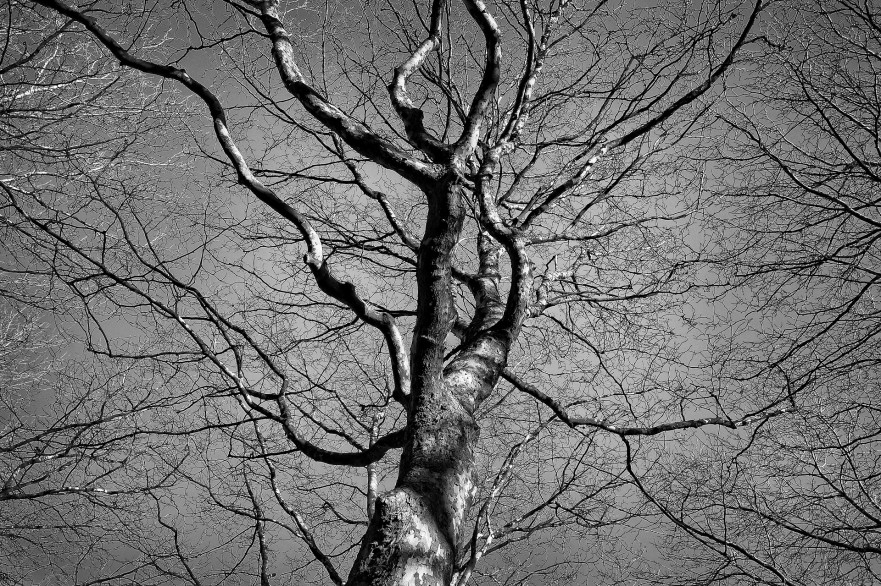What do you do when you feel dried up, vacant, and bare? What do you do when you feel you’re in an endless winter? How do you cope with knowing you’re not doing your best?
I’ve read an absolutely beautiful, nurturing book that gives perspective on this: Katherine May’s “Wintering.” What is wintering? The topic of my blog post last month explored my thoughts on this. According to May, we all face winters of various intensities throughout our lives. It may come from the loss of a loved one, the loss of health, the loss of a job, or any other transition period in our lives. It is a time when we feel alone, cold, and the depths of sadness threaten to overtake us. May entreats us to recognize these periods of our lives as normal, necessary, and even purposeful.
What’s the connection to education? This is a blog for teachers after all.
As a teacher, I love a good metaphor. (I know I’m not alone on this one!) I love the image of a teacher as a tree. The Standards Continuum Guide for Reflective Teaching Practice is a publication by the Arizona K12 Center that illustrates this metaphor. The teacher-tree’s roots are the critical dispositions the teacher develops through interactions and conversations. The leaves are products and performances—the highly visible aspects of the teacher’s practice. The seeds are the knowledge that the teacher carefully plants and cultivates to perpetuate the cycle of growth and sustain her work.
I absolutely love this metaphor and have used it for the last two years to intentionally grow using the professional learning plan. But recently, I’ve developed a deeper understanding of professional growth. I realize now that some of my expectations were unrealistic. I believed that as long as teachers were reflective enough, we could all exist in a perpetual state of spring and summer, ever growing upward and outward. I didn’t think we needed seasons of rest. Consequently, when I faced the inevitable setback, I felt there must be something wrong with me or that I had made some kind of unforgiveable error.
I understand now that our growth isn’t linear. It’s recursive. We gain knowledge and skills for a season, produce and perform beautifully, and then we inevitably face a winter. This happens to all of us. It may seem unfair or it may seem like a punishment for mistakes made. Life is too complex and variant to take sole responsibility for the calamity that befalls us, even when we know we made mistakes. Regardless of the cause or circumstances, we must inevitably rest and retreat. If we don’t choose to, life will eventually force us to. It is during these times that the life lessons we’ve learned take on new meaning and find new application. While wintering in this way, we are not dying or shirking. We are still existing in a meaningful way.
May explains that during winter, “the buds of next year’s crop are already in place, waiting to erupt again in spring. …The tree is waiting. It has everything ready. Its fallen leaves are mulching the forest floor, and its roots are drawing up the extra winter moisture, providing a firm anchor against seasonal storms. Its ripe cones and nuts are providing essential food in this scarce time for mice and squirrels, and its bark is hosting hibernating insects and providing a source of nourishment for hungry deer. It is far from dead. It is in fact the life and soul of the wood. Its’ just getting on with it quietly. It will not burst into life in the spring. It will just put on a new coat and face the world again” (p. 70-71).
It’s like that with us educators. Returning to the teacher-as-tree metaphor, even when we’re not at our best, when we’re not feeling robust and productive, our very presence brings stability, security, comfort, and nourishment to our students. I call this being a “winter tree.” We can teach our students the real-life lesson that we are not at our peak every day. That it is not their fault and it is not our fault. It is the reality and cycle of life. We can choose to approach those days with compassion, kindness, and generosity for ourselves and those around us. We can teach our students to do the same. It’s a lesson to teach and a lesson to learn, over and over again.
For the past 11 months, teachers have been put through enormous stress. You know what I’m talking about. You may have felt dried up, vacant, and bare—like the winter tree. This blog post today is for you. I hope it brings comfort. I want you to know that through this terrible winter, you are still solid. You are still protective. You are still reassuring. You are still nurturing. And you will see spring again.
What are some ways you find rest during difficult times?
Have you helped someone through a winter? Have they helped you? What are some ways teachers support each other when one of their number is down?
Photo Credits:
Image by <a href=”https://pixabay.com/users/mabelamber-1377835/?utm_source=link-attribution&utm_medium=referral&utm_campaign=image&utm_content=3076398″>Mabel Amber</a> from <a href=”https://pixabay.com/?utm_source=link-attribution&utm_medium=referral&utm_campaign=image&utm_content=3076398″>Pixabay</a>










Comments 1
Oh, wow, I heard an interview with the author and meant to follow up. Thanks for this post reminding me to do so. Before this I think all the tree metaphors for learning and teaching fail to account for the seasonal variations – including the winter. Good job.